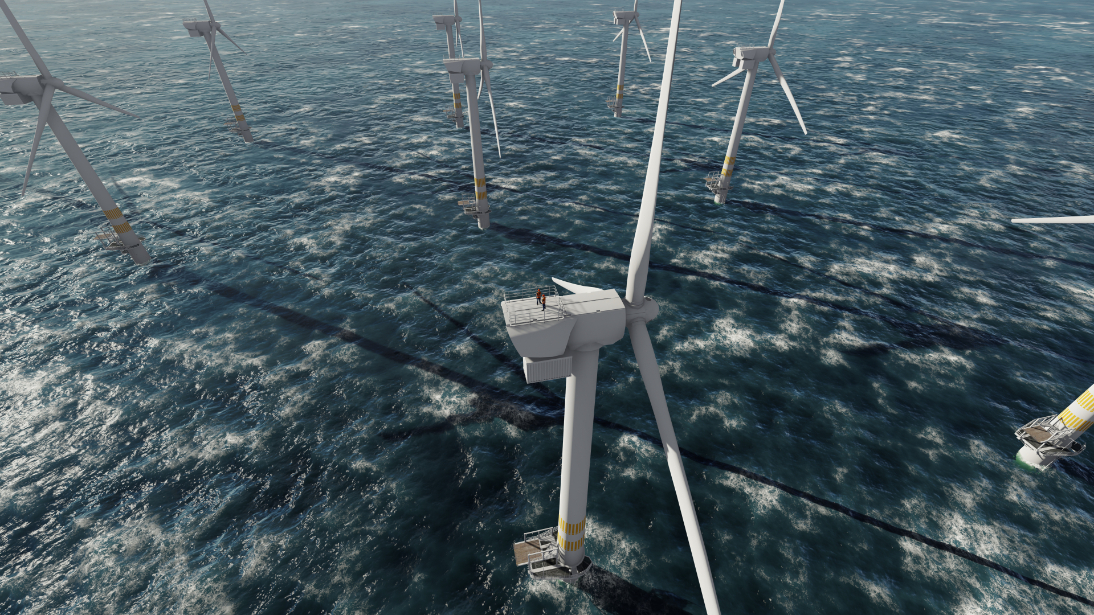
GFANZ: ‘urgent action’ needed to increase clean energy investment in emerging markets
Investment flow is less than 10% of what is needed – a situation that must be addressed rapidly, warns global coalition of financial institutions.
Investment in clean energy in emerging markets and developing economies (EM/DEs) is vastly below the level needed to meet the goals of the Paris Accord, according to the “stark” findings of a report commissioned by the Glasgow Financial Alliance for Net Zero (GFANZ).
The report, from BloombergNEF, calculated the investment in low-carbon energy technologies in EM/DEs to have been $67bn in 2021. This is far below the $1trn per year that the International Energy Agency estimates will be needed by the end of the 2020s to reach net-zero global emissions by 2050.
“The findings are unfortunately stark and point to the need for urgent and strong actions to tackle this issue across many stakeholders. The flows are less than 10% of what we need per year by the end of the decade,” said Alex Michie, co-lead of the GFANZ Secretariat.
Clean energy financing in EM/DEs fell by 9% from a peak of $73bn in 2018 to just under $67bn in 2021. In contrast, richer nations saw investment jump by 53% over the same period.
“Covid and tightening financial conditions have contributed to a slight fall in the investment [levels] over the past couple of years, when we need them to be rapidly scaled up,” said Michie.
He added that the “headline figure does mask some good news” with the last five-year period witnessing a 40% increase in EM/DE investment in renewables and a 20% fall in fossil fuel investment.
The BloombergNEF report also found that foreign direct investment (FDI) for renewables in EM/DEs had fallen to a four-year low in 2021. Private FDI for renewables (including both equity and debt) hit its lowest level since 2016, while public flows “plummeted” to their lowest in ten years – standing at a “mere” $2bn.
The findings are unfortunately stark and point to the need for urgent and strong actions to tackle this issue across many stakeholders.
Improved financial architecture
In GFANZ’s response to the BloombergNEF report, it called for global efforts to be strengthened, stronger partnerships built, greater support provided for the development of public sector risk-sharing mechanisms for blended finance and the development of high-integrity carbon markets to mobilise more private capital.
According to Michie: “GFANZ is of the view that to achieve the over 10x increase in investments, new and improved global financial architecture is needed – as has recently been articulated by Mia Mottley, Janet Yellen, the German G7 presidency and many others, including our co-chair, Mark Carney.
Mottley, the prime minister of Barbados and Yellen, the US treasury secretary, have both recently been critical of the performance of the World Bank in mobilising private capital to support sustainable infrastructure. Germany, as G7 president and supported by ten other countries, also put forward a proposal for fundamental reform of the World Bank at its annual meeting in October.
Aligning the international financial architecture with net-zero delivery is one of five calls to action that GFANZ has announced. Another is to mobilise capital flows to EM/DEs. The other three are for G20 governments to: set net-zero targets on a sector basis; commit to carbon markets; and create incentives to help the transition.
Along with the BloombergNEF report, GFANZ also published a framework for transition finance, identifying four financing strategies that could facilitate real-economy transitions.




